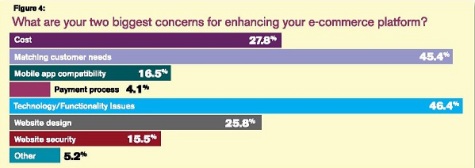By John Sonnhalter, Rainmaker Journeyman, Sonnhalter
I think we all can agree that content marketing is playing a vital role in everyone’s overall marketing plan. Everyone wants lead generation and engagement, and to get both, you have to give them good content!
In a September 2015 study by the Content Marketing Institute (CMI) and MarketingProfs, 76% of B2B marketers in North America said they expect to create more content in 2016 than they did in 2015.
Contractors and professional tradesman often don’t have time to read the latest trade publication or look at the magazines’ website on a regular basis and might miss your message. Chances are, unless you only make one product, their interest at any given time may be on another product.
When they do go looking for things, the first place most go to is the internet, and the chances are that they are looking for a solution just as much as they are looking for a specific product. That’s why search is so important in the big scheme of things, and what makes you go up in search – good meaningful content!
And here’s what they are looking for:

The challenge is how do you develop good content? The recognition of these difficulties is leading many B2B marketers to focus on outsourcing some of their work to specialists. Nearly three-quarters of B2B marketers in Ascend2’s survey either outsourced all of their content marketing work or used a combination of outsourcing and in-house resources.
You can certainly look for freelancers to fill the gap or you could look to an obvious source – your PR or marketing firm. They are familiar with your overall goals, your voice and what you do. The key is quality content, not quantity, and your outside professionals can help you keep the bar high.



 Posted by tradesmeninsights
Posted by tradesmeninsights 












